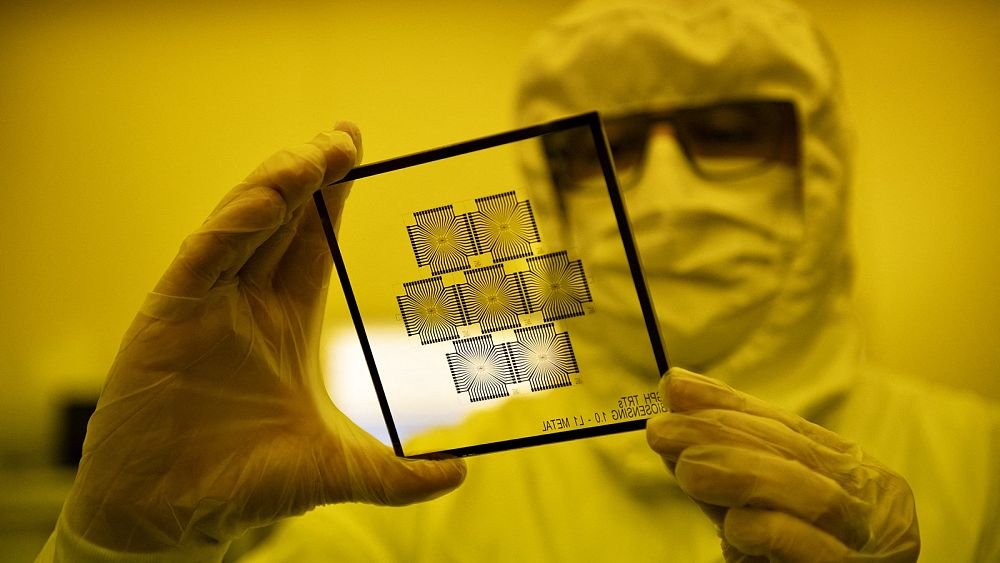This is the best summary I could come up with:
The selection presented on Tuesday is the first tangible result of the “de-risking” strategy pioneered by European Commission President Ursula von der Leyen with the goal of decreasing the plethora of vulnerabilities and dependencies that the bloc has accumulated across several decades of free-market complacency.
But dealing with China is a treacherous road, as the country controls crucial shares of the raw materials and manufactured products that are indispensable to decarbonise and modernise the economy, including solar panels, batteries and electric cars, and has no qualms in weaponising these valuable supply chains to punish its critics.
Brussels wants to build buffers in case the EU falls victim to this sort of reprisals, where entrenched dependencies are turned against national security, wreaking havoc across entire industries and endangering thousands of jobs.
The risk assessments launched on Tuesday are meant to glean greater insights into four key technology areas, which were hand-picked due to their ever-evolving, transformative nature and their “imminent” potential to be misused for military purposes and violations of human rights, such as mass surveillance.
Member states, experts and representatives of the private sector will participate in this internal analysis and submit feedback, comments and, ideally, confidential information that can provide a richer view of the pitfalls and side effects of these technologies.
Both avenues – stricter export controls and outbound investment screening – are all but guaranteed to face the resistance of certain member states who are loath to alienate Beijing out of fear of losing access to the lucrative Chinese market.
The original article contains 997 words, the summary contains 247 words. Saved 75%. I’m a bot and I’m open source!

